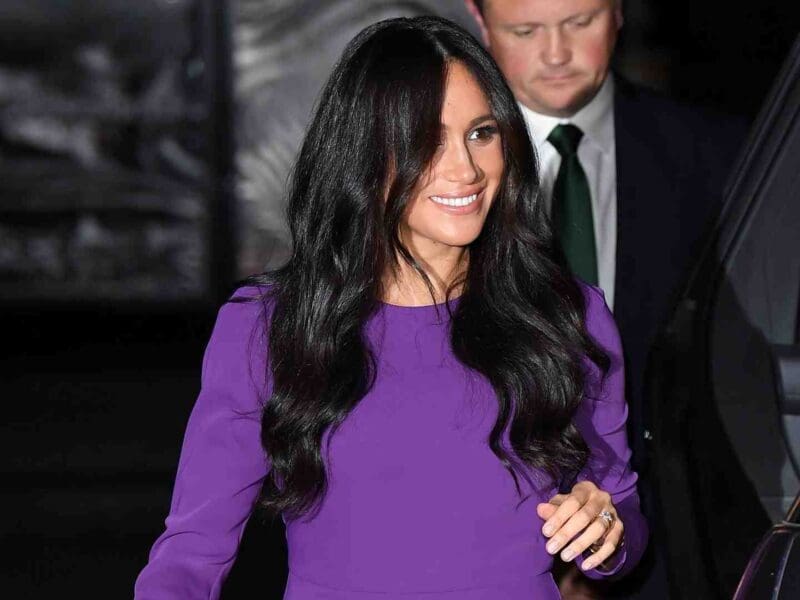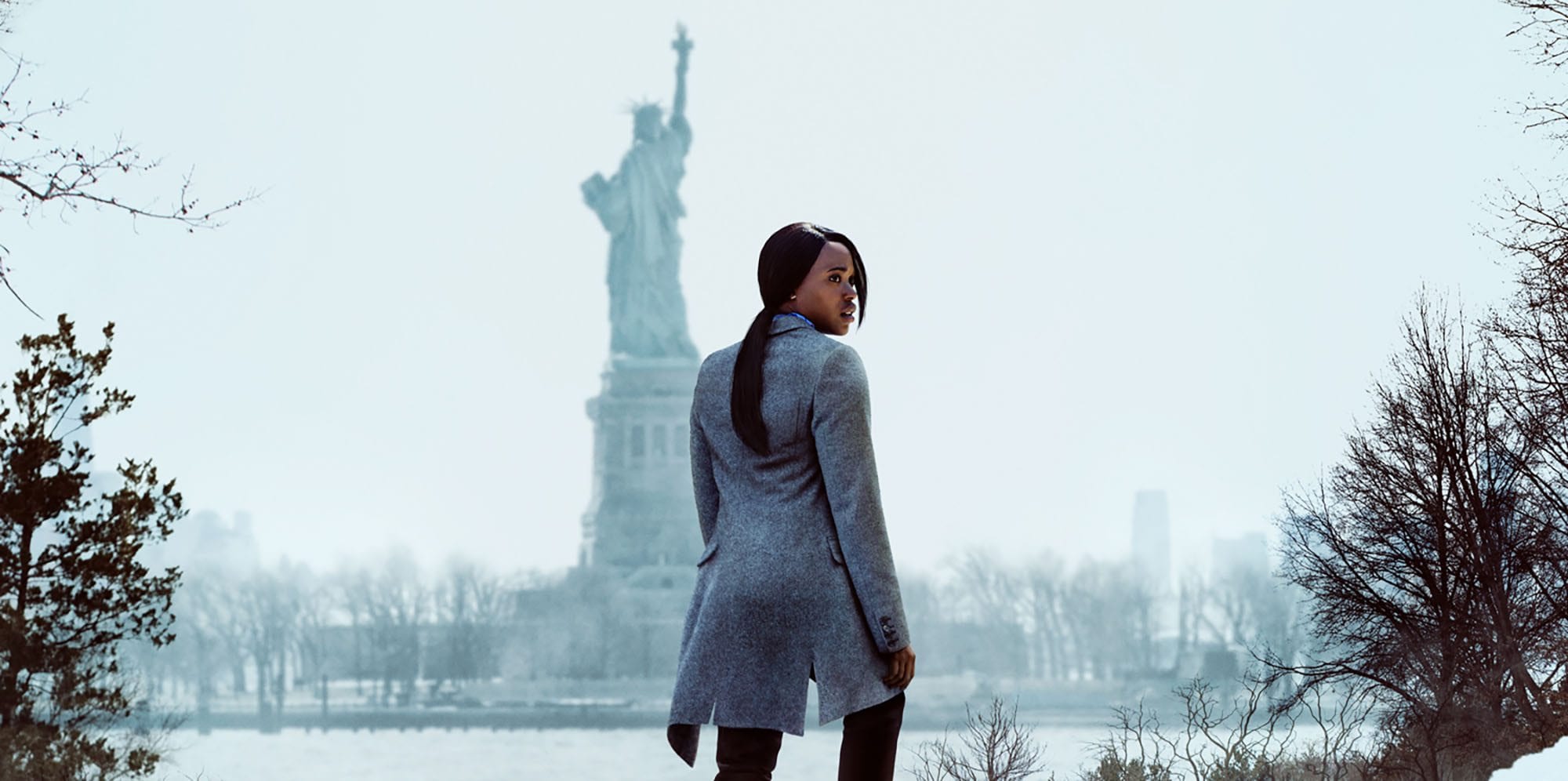
Breaking Bad: Here are all the times TV got really, really real
Seven Seconds and its base in reality
From executive producer Veena Sud (The Killing) comes a crime drama about an African American teenage boy who is killed by a Caucasian New Jersey police officer in a hit-and-run. As the officers conspire in a cover up, tensions run high between the town’s citizens and the local police force.
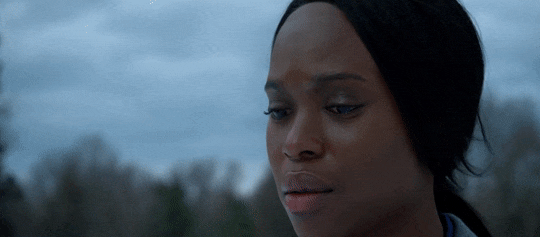
While Sud’s series is called Seven Seconds, it’s a story she’s been building for more than two years, inspired by the death of 25-year-old Freddie Gray, who passed in April 2015 after suffering a neck injury in police custody. The incident sparked riots in Baltimore and added to a string of police shootings that were discussed heavily as part of the Black Lives Matter movement.

When TV gets real
In an interview with CNN, Sud said, “It was the right time to start thinking [about] how to tell this story and make that attempt and open that door. But that’s really where it all started for me – turning on the TV and seeing what was happening every night in America.” The story itself takes a hard look at the flaws in the justice system and attempts to discuss what Sud calls the “human stories behind the headlines”.
This isn’t the first time TV has tackled complex and harrowing real-life events. The question surrounding Seven Seconds, which is set to premiere on February 23, is whether it packs enough punch to highlight such a widespread and deep-rooted issue. Although this is yet to be seen, we can offer up examples of when TV shows have confronted hot-button issues with intensity and finesse.
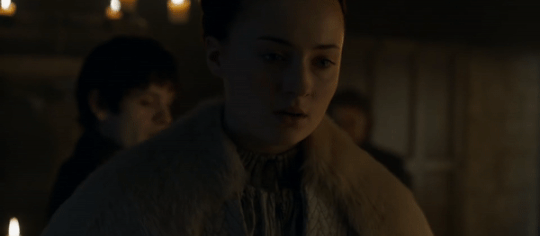
Tackling the issue of sexual abuse and rape
One of the most sensitive social issues has to be that of sexual abuse and rape. Many shows have incorporated this theme into its narrative, including HBO’s smash-hit fantasy series Game of Thrones. In the fifth season, an episode titled “Unbowed. Unbent. Unbroken.” shows Ramsay Bolton (Iwan Rheon) brutally raping Sansa Stark (Sophie Turner).
The scene was slammed by audiences, drawing in thousands of complaints on social media, hundreds of comment pieces in the press, and was even discussed in the U.S. Senate. However, Rheon defended the controversial storyline, declaring, “I think it could have been done in a much more brutal way.”
In recent times, the web series 13 Reasons Why’s lead character Hannah Baker (Katherine Langford), who is a victim of rape, later admits via a series of tapes that the traumatic event contributed to her eventual suicide. Although the show was criticized for its graphic portrayal of sexual assault, it also received praise for “honestly depicting the heartbreaking reality of teen suicide.”

Finding new ways to portray death and suffering
While death scenes are nothing new to television, the way certain shows choose to illustrate them has sparked controversy in the past. Take AMC’s critically-acclaimed Breaking Bad, for example.
In episode eight of season five, the show shone a light on violence within the U.S. prison system by featuring a series of brutal jail-based killings. Stabbings and beatdowns are juxtaposed to the soothing music of Nat King Cole in what is described as a homage to the climactic scene of The Godfather.
In a very different yet equally traumatic TV moment, the second season of Peaky Blinders features an unhinged Arthur Shelby (Paul Anderson) killing a young boy in the boxing ring by beating him to death. Perhaps more shocking is what follows, when Shelby is confronted at The Garrison Pub by Mrs. Ross – the boy’s mom, who later screams, “Somebody has to stop you people!”
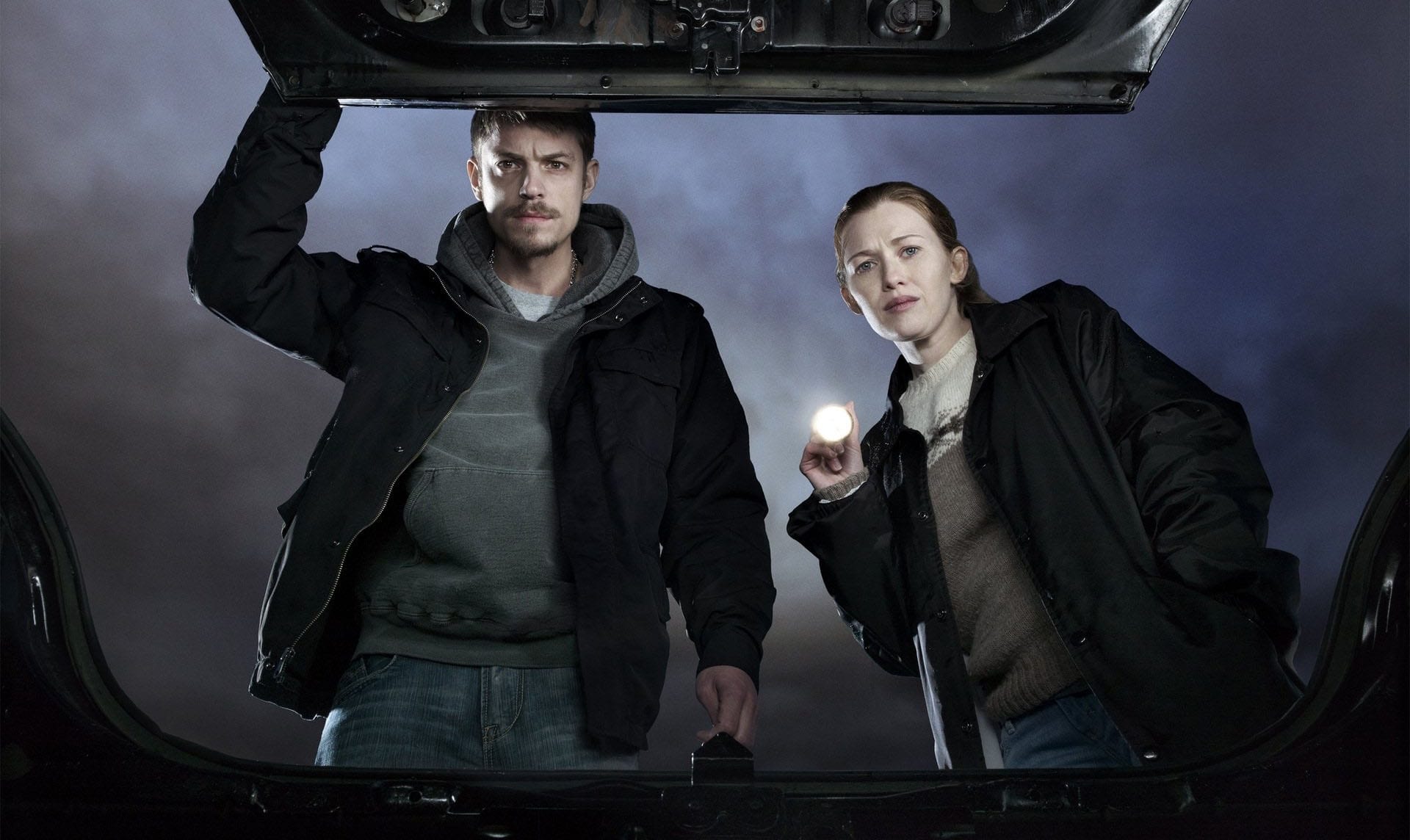
Elsewhere, the pilot episode of The Killing features the harrowing moment a father realizes his teenage daughter is dead, after her body is discovered by detectives in the boot of a car. The scene truly encapsulates his pain, offering a traumatic insight into one of the most painful experiences known to humankind – the death of a child.
Seven Seconds also takes on this tricky subject. However, there’s an additional layer to this plot point in the aforementioned focus on the American policing system and Black Lives Matter movement, exploring an intersection of grief, deceit, and social injustice.
The question now is whether the show will tackle these subjects effectively, or simply appropriate those difficult conversations for conventional entertainment. With the show’s imminent release, you won’t have to wait long to find out.






